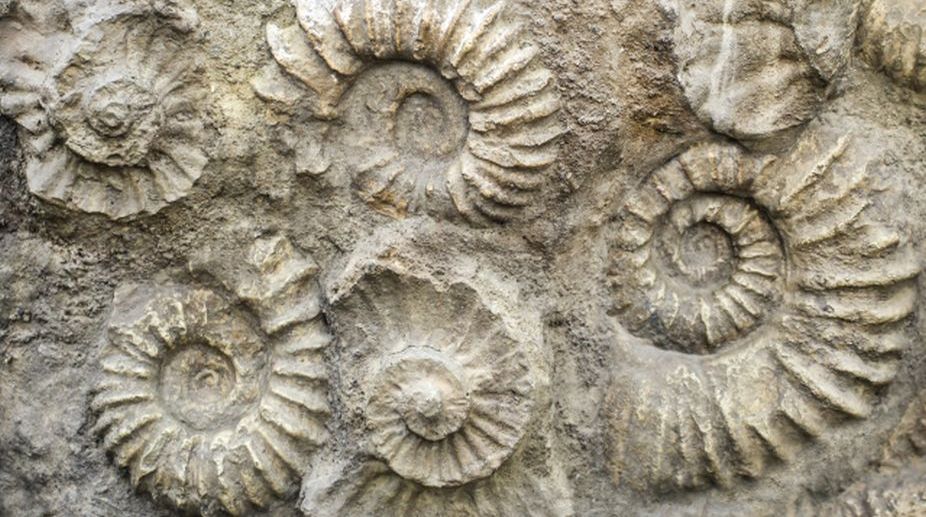PM Modi witnesses presentation of Ramayana in Brazil, hails Jonas Masetti for popularising Indian culture globally
The PM met Jonas Masetti and team after seeing their performance of the Ramayana in Sanskrit.

Representational Image (PHOTO: Getty Images)
The world's oldest fossil mushroom – dating back to about 115 million years – has been discovered in Brazil, according to researchers who hailed the finding as a "scientific wonder."
The mushroom has been named Gondwanagaricites magnificus and belongs to the Agaricales order, researchers said.
About five centimetres tall, the mushroom had gills under its cap, rather than pores or teeth, structures that release spores and that can aid in identifying species, they said.
Advertisement
"Most mushrooms grow and are gone within a few days," said Sam Heads, from the University of Illinois at Urbana- Champaign in the US.
"The fact that this mushroom was preserved at all is just astonishing," said Heads, who discovered the mushroom when digitising a collection of fossils from the Crato Formation of Brazil.
Around 115 million years ago, when the ancient super- continent Gondwana was breaking apart, the mushroom fell into a river and began an improbable journey, researchers said.
Its ultimate fate as a mineralised fossil preserved in limestone in northeast Brazil makes it a scientific wonder, they said.
The mushroom somehow made its way into a highly saline lagoon, sank through the stratified layers of salty water and was covered in layer upon layer of fine sediments.
In time, the mushroom was mineralised, its tissues replaced by mineral pyrite, which later transformed into the mineral goethite, the researchers said.
"When you think about it, the chances of this thing being here – the hurdles it had to overcome to get from where it was growing into the lagoon, be mineralised and preserved for 115 million years – have to be minuscule," he said.
Before this discovery, the oldest fossil mushrooms found had been preserved in amber, said Andrew Miller, a co-author of the report published in the journal PLOS ONE.
The next oldest mushroom fossils, found in amber in Southeast Asia, date to about 99 million years ago, he said.
"They were enveloped by a sticky tree resin and preserved as the resin fossilised, forming amber," Heads said.
"This is a much more likely scenario for the preservation of a mushroom, since resin falling from a tree directly onto the forest floor could readily preserve specimens. This certainly seems to have been the case, given the mushroom fossil record to date," Heads said.
Fungi evolved before land plants and are responsible for the transition of plants from an aquatic to a terrestrial environment, Miller added.
Advertisement